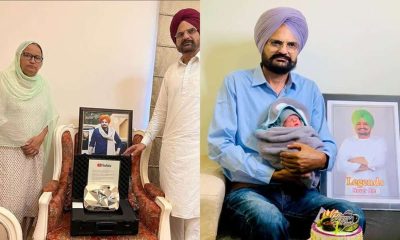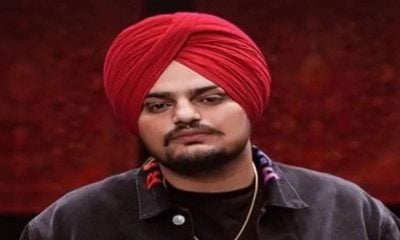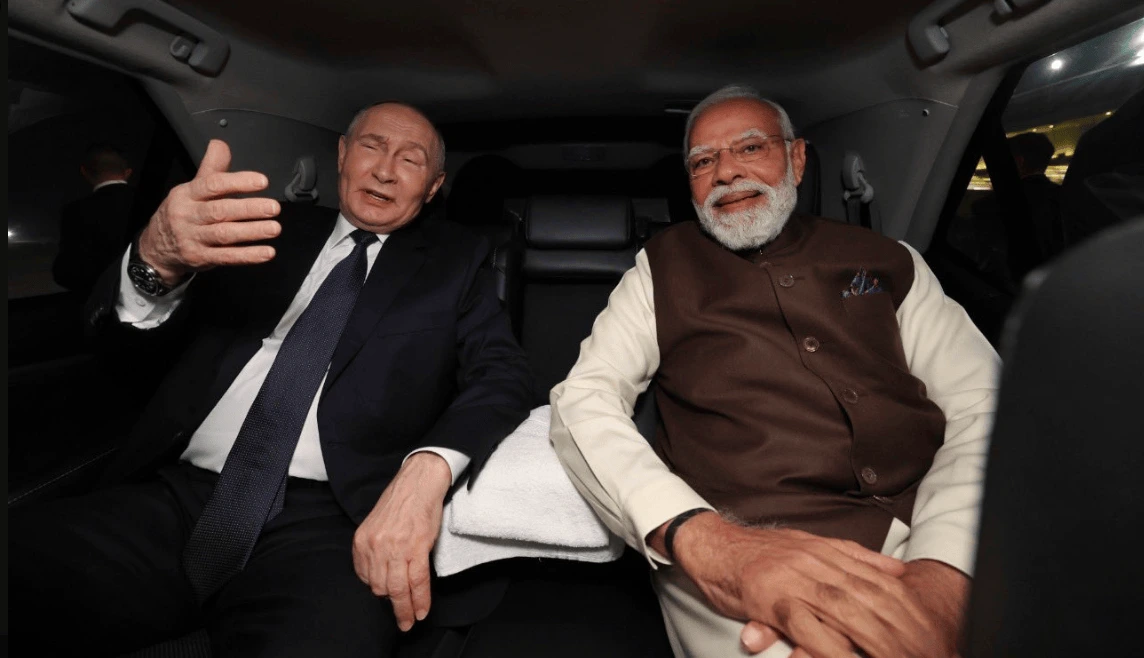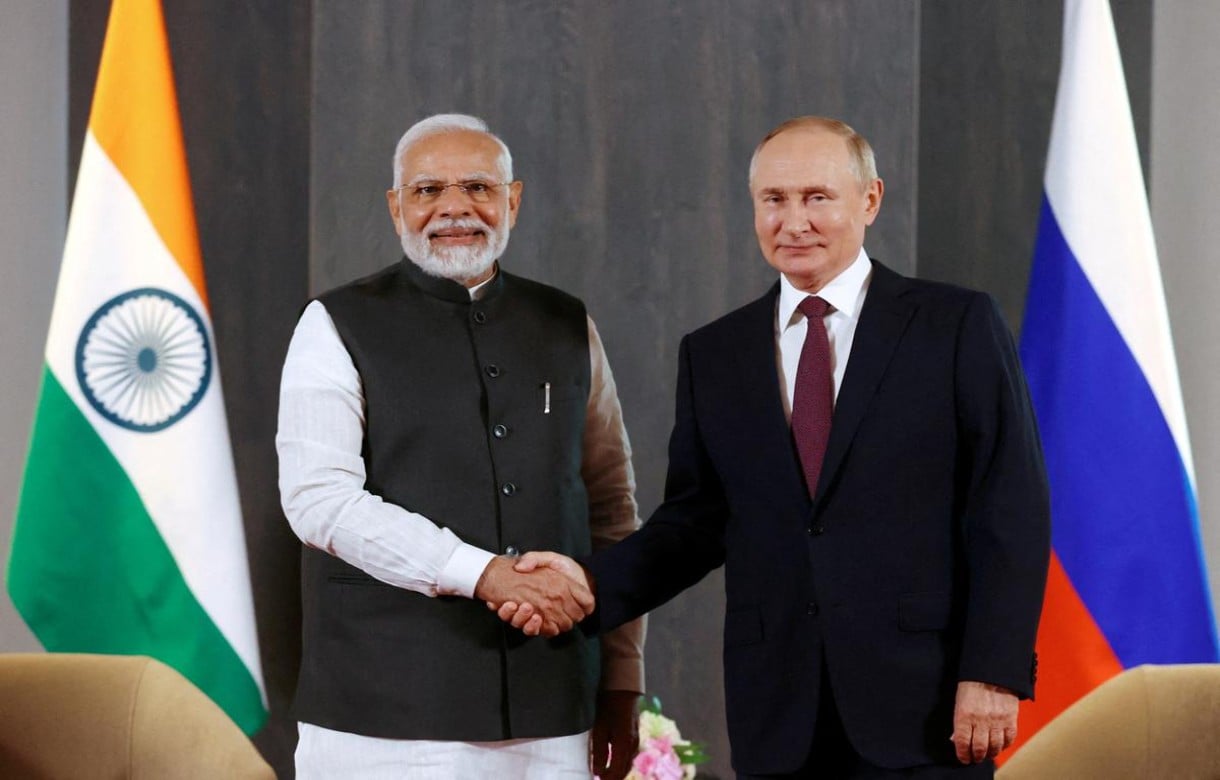Top Stories
Sidhu Moose Wala murder: Punjab police arrest another suspect who was accused of arranging car for singer’s killing
According to the officials, Devendra had accommodated two accused murderers, Keshav and Charanjeet, before Sidhu Moose Wala’s murder.

India News
PM Modi welcomes Vladimir Putin with warm hug as Russian President begins India visit
Russian President Vladimir Putin began a high-profile visit to India on Thursday, welcomed by PM Narendra Modi as both nations prepare to discuss defence, energy and trade cooperation.
India News
Putin begins two-day India visit today, defence, energy and trade talks on agenda
Russian President Vladimir Putin arrives in New Delhi today for a two-day visit that will focus on defence, energy and trade, including S-400 deliveries and crude oil supply discussions.
India News
IndiGo flight cancellations cross 200 as crew shortage and new duty norms hit operations
IndiGo’s operations witnessed major disruption for the second day, with over 200 cancellations and severe delays triggered by crew shortage under new duty norms.
-
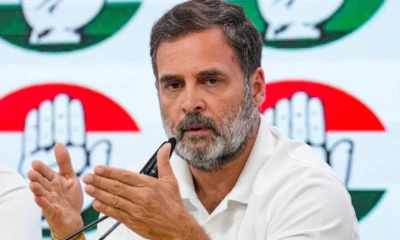
 India News18 hours ago
India News18 hours agoRahul Gandhi attacks Centre ahead of Vladimir Putin’s India visit
-
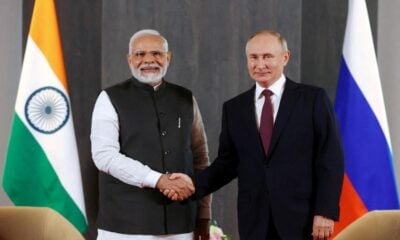
 India News21 hours ago
India News21 hours agoPutin begins two-day India visit today, defence, energy and trade talks on agenda
-
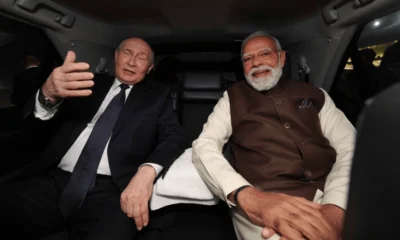
 India News13 hours ago
India News13 hours agoPM Modi welcomes Vladimir Putin with warm hug as Russian President begins India visit
-

 India News21 hours ago
India News21 hours agoIndiGo flight cancellations deepen as crew shortage hits operations nationwide
-
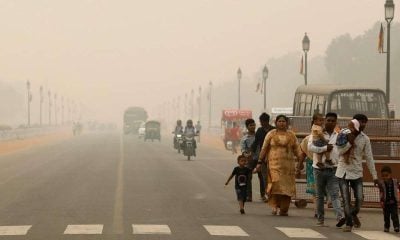
 India News12 hours ago
India News12 hours agoDelhi to install 305 mist sprayers across 9 major pollution hotspots
-
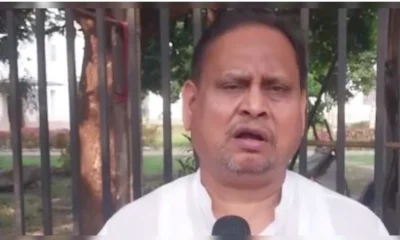
 India News18 hours ago
India News18 hours agoTMC MLA Humayun Kabir suspended after Babri Mosque replica proposal sparks row
-
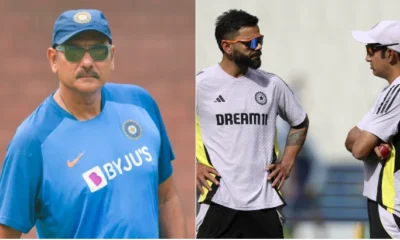
 Cricket news12 hours ago
Cricket news12 hours agoRavi Shastri warns critics against messing around with Virat Kohli and Rohit Sharma

